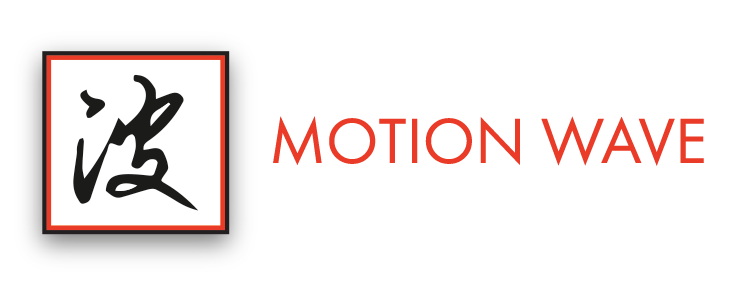CranioSacral Therapy (CST) is a light-touch approach that can create dramatic improvements in your life. It releases tensions deep in the body to relieve pain and dysfunction, and improve whole-body health and performance. Few body structures have more influence over your health and well-being than your central nervous system. And few body systems have more impact on your central nervous system than the craniosacral system—the soft tissues and fluid that protect your brain and spinal cord. You endure stresses and strains, and your body absorbs them. But your body can only handle so much tension before the tissues begin to tighten, and potentially affect the brain and spinal cord. Unfortunately, this can compromise the function of the central nervous system and nearly every other system in your body. CST releases those tensions to allow the entire body to relax and self-correct. Using a gentle touch, starting with about the weight of a nickel, practitioners evaluate you for strain patterns. Then they use distinctive light-touch techniques to release any restrictions they find. By freeing the central nervous system to perform at its best, CST has been shown to naturally reduce pain and stress, strengthen your resistance to disease and enhance your health and well-being. It can benefit people suffering from migraines and headaches, chronic neck and back pain, TMJ and many other tension-related disorders. And because it’s so gentle, CST has been shown to be effective for all ages, from newborns to elders.
CST was pioneered and developed by osteopathic physician John E. Upledger. Dr. Upledger served from 1975–1983 as a clinical researcher and Professor of Biomechanics at the College of Osteopathic Medicine at Michigan State University.
